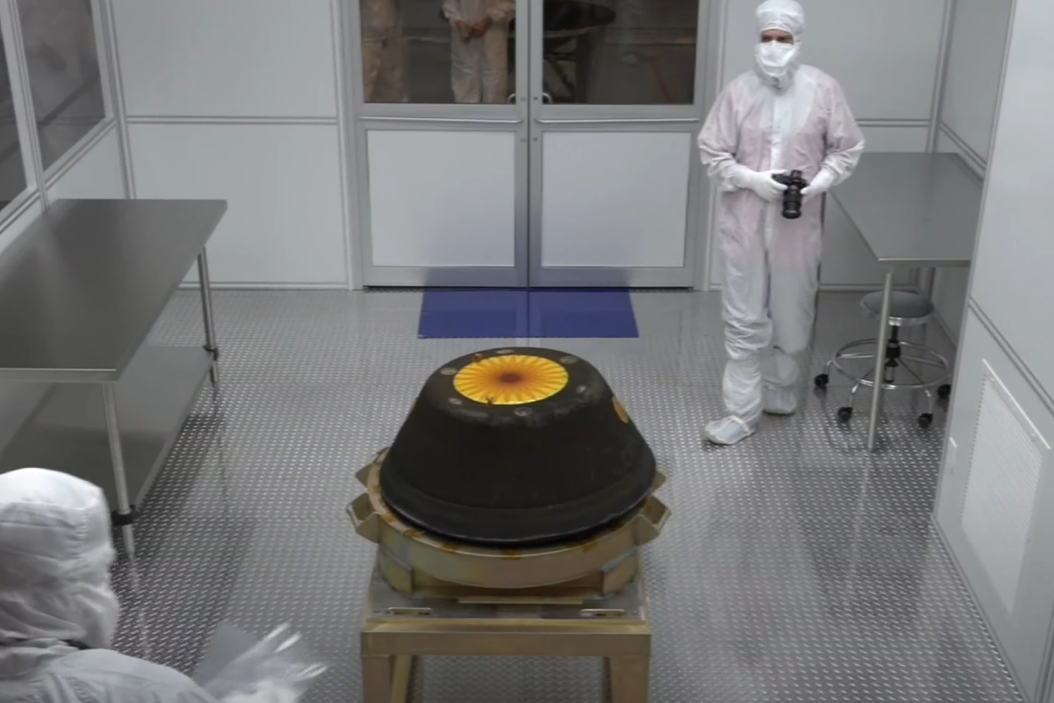NASA revealed that inconsistent labeling in the OSIRIS-REx landing blueprints led to the unforeseen events during the return capsule’s Earth descent on September 24.
This revelation sheds light on the mishap that occurred during the highly anticipated return of samples from the asteroid Bennu, a celestial body believed to hold crucial insights into the early formation of our solar system and possibly the origin of life.
The return capsule, heralding a treasure trove of asteroid fragments, encountered an unforeseen hurdle upon its landing in the Utah desert.
NASA confirmed that the extra materials, beyond what was initially projected, were found externally attached to the sample canister, posing challenges for recovery teams in accessing the primary cache of samples.
Despite the design flaw impacting the parachute deployment sequence, the return capsule managed a safe landing.
NASA to Conduct Stringent Parachute Release System Tests

However, NASA, driven by its commitment to precision and safety, delved into a comprehensive investigation to prevent any future reoccurrence of such incidents.
Upon video analysis of the descent and in-depth scrutiny of the design schematics, NASA identified a crucial discrepancy in the labeling system.
The term main was used ambiguously within the plans, causing confusion between the electrical signaling device for the main chute and the pyrotechnic mechanism responsible for deploying the drogue chute.
This misinterpretation led to a misalignment of actions, triggering the drogue chute at an altitude far from its designated activation point. The agency affirmed that the main parachute ultimately ensured a safe touchdown despite the out-of-order deployment.
To rectify this issue, NASA plans to conduct thorough testing on the parachute release system. This testing equipment is currently housed within one of the glove boxes at the Johnson Space Center in Houston, alongside the Bennu samples awaiting processing.
Once the samples are processed, engineers will meticulously examine the hardware to mitigate any potential recurrence of such anomalies in future missions.


Comments are closed.